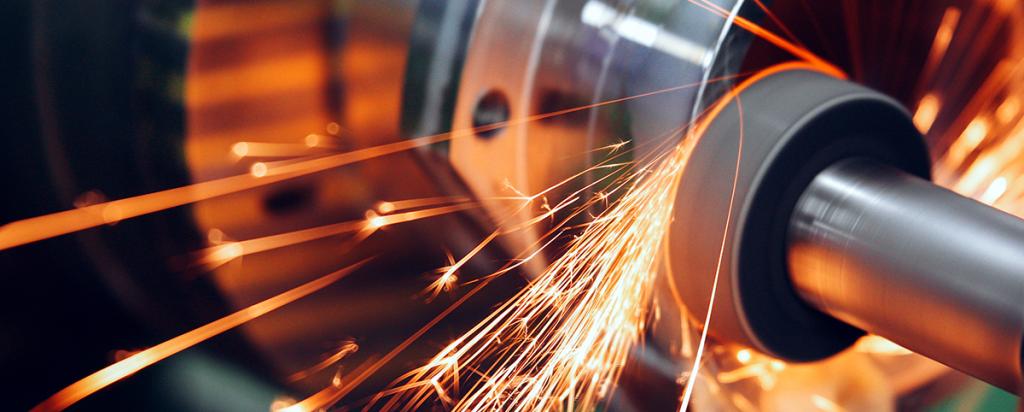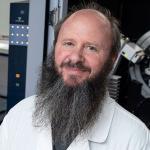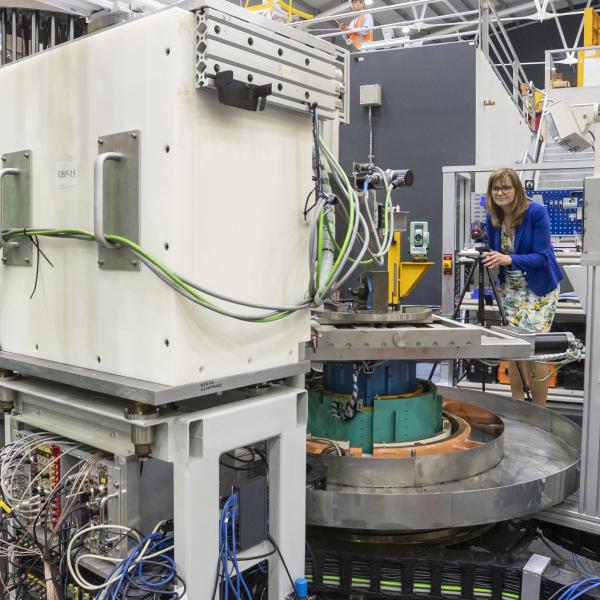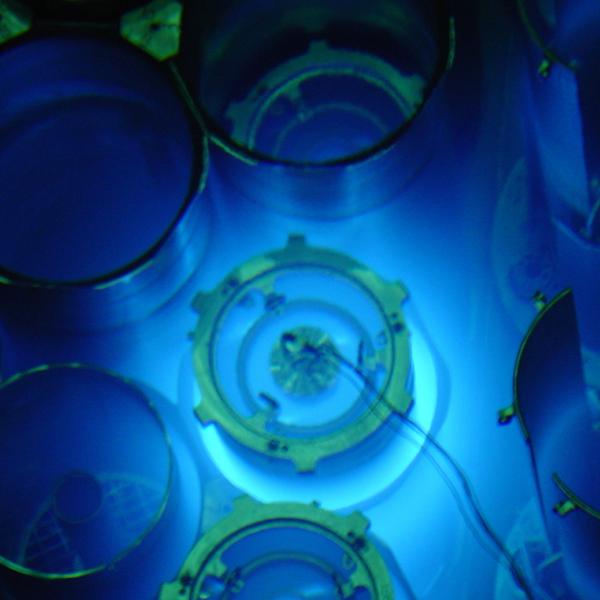
Key Points
-
ANSTO's Australian Centre for Neutron Scattering is sharing expertise and infrastructure on two Australian Research Council Linkage, Infrastructure, Equipment and Facilities projects on the development of a Metallurgical Facility for Solid State Additive Manufacturing and the establishment of a Scanning Electron Microscope Suite
-
Nuclear technologies researchers at ANSTO are collaborating on a grant from the Australian Department of Industry, Science and Resources and Japanese funding that supports the development of self-healing materials for extreme environments
ANSTO is participating in three grants funded by the Federal Government that were announced late last year that will benefit manufacturing and advanced nuclear technologies.
ANSTO is collaborating on two successful Australian Research Council Linkage, Infrastructure, Equipment and Facilities projects to create unique research infrastructure valued over $4.3 M to support the Australian scientific and industrial community. The Metallurgical Facility for Solid-State Additive Manufacturing will radically enhance Australia’s capability for Additive Manufacturing. A purpose-built Scanning Electron Microscope Suite will be established which allows for in-situ imaging of samples during macroscopic testing along with a second conventional microscope for high-resolution analysis.
“Both grants will greatly bolster Australia’s manufacturing capabilities with facilities that provide state-of-the-art manufacturing processes, and other critical technologies,” said Dr Jamie Schulz, Leader of ANSTO’s Australian Centre for Neutron Scattering.
“The grants meld the expertise and infrastructure of Australia’s best in their respective areas.”
Metallurgical Facility for Solid-State Additive Manufacturing
Leading Australian researchers from ANSTO, The University of Sydney, Monash University, the Australian National University, Western Sydney University, and the University of Newcastle and CSIRO are joining together to revolutionise manufacturing research in Australia by creating access and opportunity to develop novel materials and procedures using friction-stir manufacturing.
The approach delivers a dramatic reduction in the time and cost of manufacture and enables additive processing of alloy systems that are difficult or impossible to 3D print via other technologies.
This rapidly growing technology uses a hybrid capability leveraging the geometrical complexity of additive manufacturing and the high precision of subtractive manufacturing of conventional machine workshops.
The facility will support national efforts in metallurgical process development where there is a need for systematic research to create new processing approaches. It will also support frontier materials engineering where new materials with novel properties are produced and where susceptibility to porosity, hot-cracking, or other common problems that plague melt-based technologies are not an issue.
The development and optimisation of advanced manufacturing and maintenance technologies will benefit civil, transport, automotive, aerospace, mining, oil and gas, defence, recycling, and medical industries.
Prof Anna Paradowska, Industry Engagement Manager at ANSTO’s Australian Centre for Neutron Scattering and Conjoint Professor at The University of Sydney is leading this exciting new project.
Scanning Electron Microscope Suite
Researchers from Monash University, the University of Sydney, ANSTO, Deakin University, the University of Adelaide, RMIT and the University of Queensland are partnering on the establishment of a purpose-built scanning electron microscopy suite at the Monash Centre for Electron Microscopy for the in-situ imaging of samples that are undergoing macroscopic testing. A second conventional high-resolution microscope will be used for correlation.
Current modern digital image correlation techniques can measure 2D strain maps from large view/high magnification scanning electron microscopy (SEM) images. The unique in-situ imaging capability being developed will support multi/mesoscale characterisation of materials during mechanical loading, heating and/or chemical injection. This unique facility is expected to create new knowledge and understanding of the evolution of materials and devices during processing and performance.
It will support the development and better utilisation of materials for a range of applications in physics, chemistry, geology, materials, mechanical, civil, and chemical engineering and provide societal impact for the environmental, transport and energy sectors.
Prof Anna Paradowska is among the Chief Investigators.
Self-healing materials for extreme environments
ANSTO’s expertise in nuclear technologies is the focus of a new collaborative grant from the Australian Department of Industry, Science and Resources to identify self-healing ceramics that are compatible with stainless steel and zirconium alloys routinely used in the nuclear industry.
Nagaoka University of Technology, the National Institute of Technology Kushiro College, the National Institute of Technology Fukushima College and the Japanese Atomic Energy Agency are also contributing funding to support the research that has potential application in Japanese nuclear reactors.
Principal investigator, Prof Gordon Thorogood, a Senior Researcher, Nuclear Fuel said, “One aspect of the study is about fuel and stopping the ingress of hydrogen into zircalloy, which occurred with the sudden release of hydrogen at the Fukushima reactor after the earthquake and tsunami.”
After self-healing alloys have been identified, they will be subjected to a corrosive chemical environment, as part of the characterisation of the material, including the degradation of salts, high-pressure steam and radiation.
The project is expected to produce new materials that can withstand extreme environments and potentially shared patents based on work conducted jointly by Australian and Japanese academia and ANSTO researchers.
Materials are being developed for both lower and higher temperature applications.
ANSTO scientists are continuing work on aluminium oxide (Al2O3) doped with nickel nanoparticles for less extreme operating conditions and silicon carbide dispersed yttrium orthosilicate (Y2SiO5/Y2Si2O7) composites for more extreme environments.
The composite is typically used as an environmental barrier coating.
Research will also be undertaken on silicon carbide matrix composites that are used as new fuel cladding to mitigate steam corrosion in severe events but are subject to severe steam corrosion during a loss of coolant scenario.
ANSTO researchers also have expertise in understanding residual stress caused by the doping of ceramics that undergo radiation damage.
“In determining compatibility of ceramics with stainless steel and zirconium alloys, we have made a final selection of ceramics, and will include tungsten metal as a compatible coating,” said Prof Thorogood.
“We are also determining if the materials with a self-healing coating can be produced on a large scale,” said Prof Thorogood.



